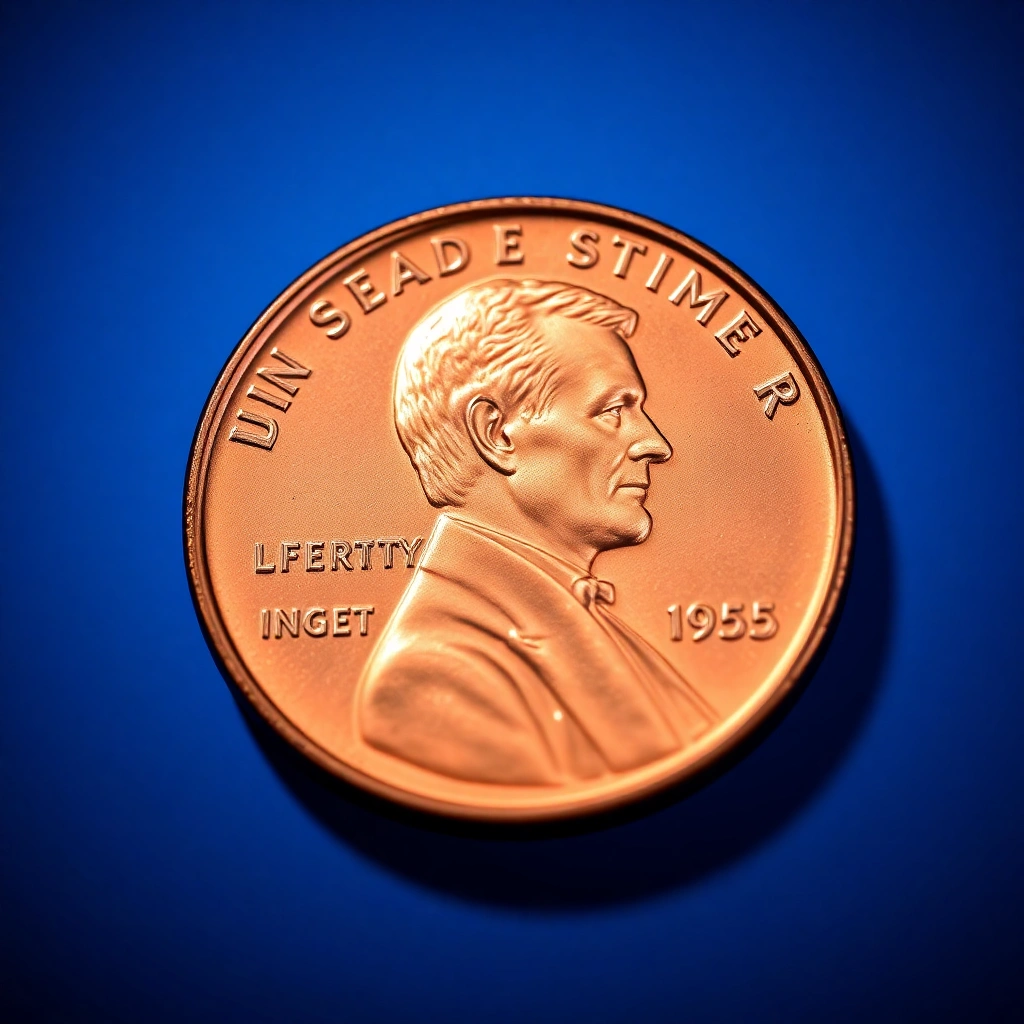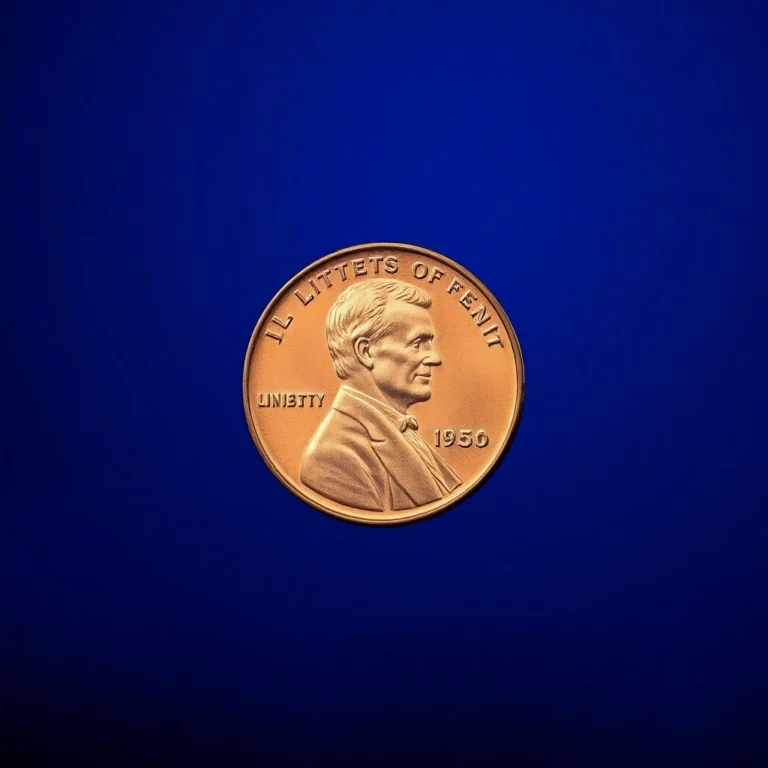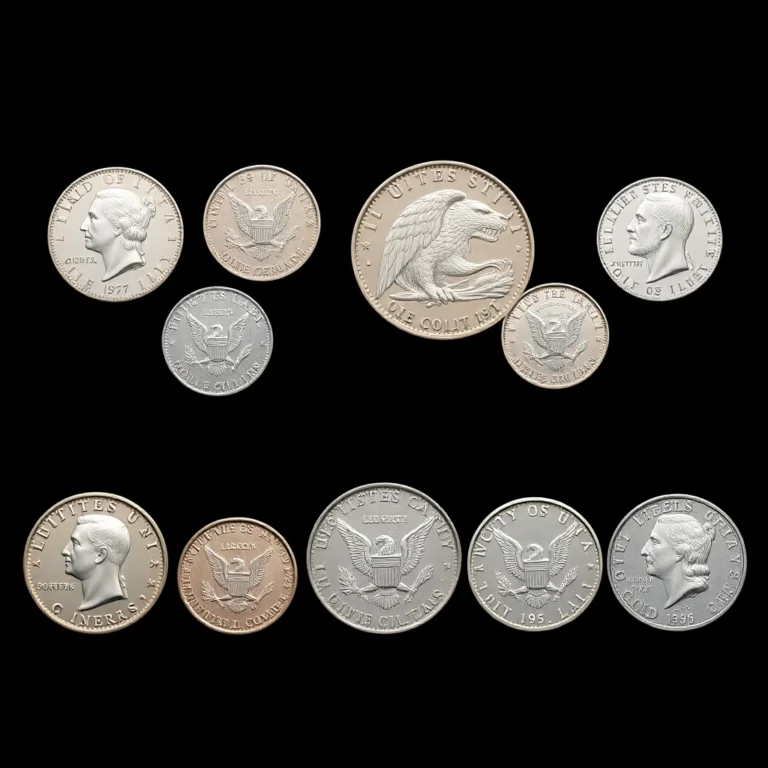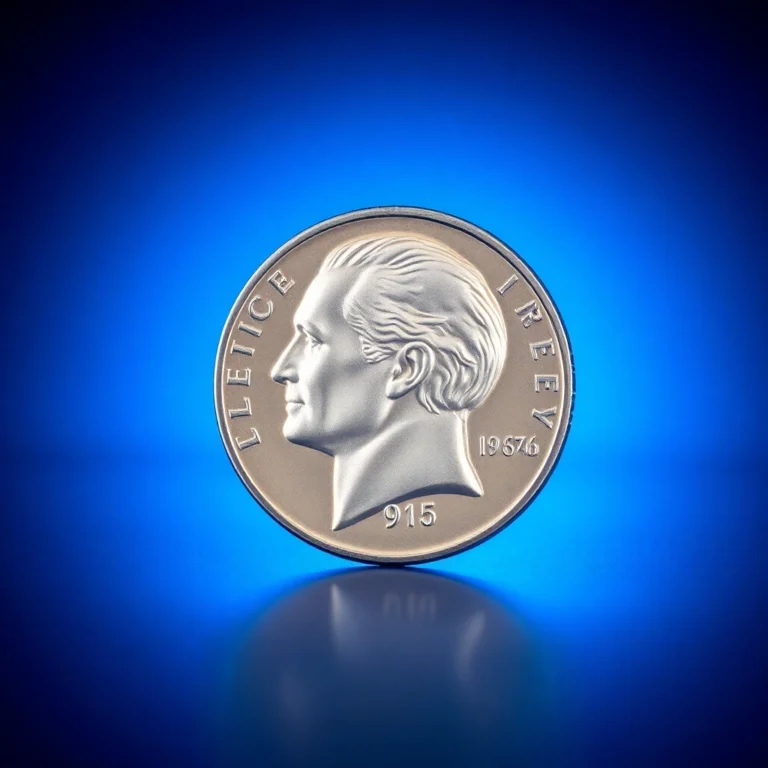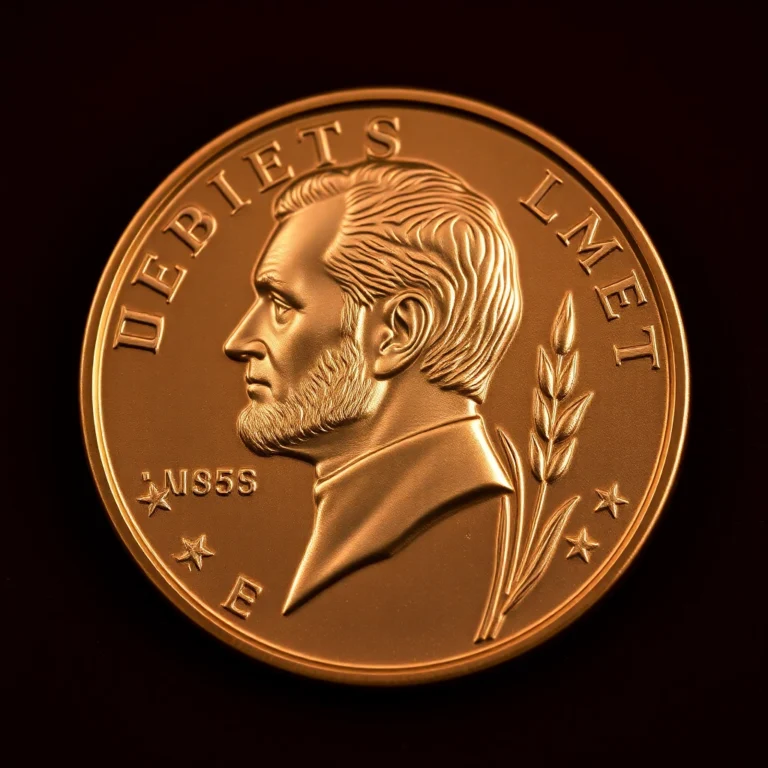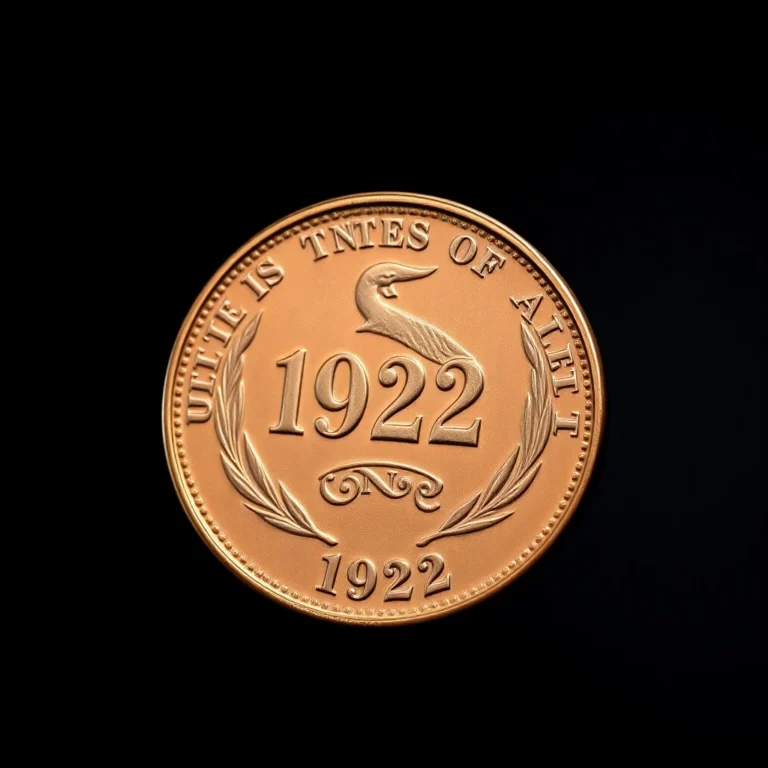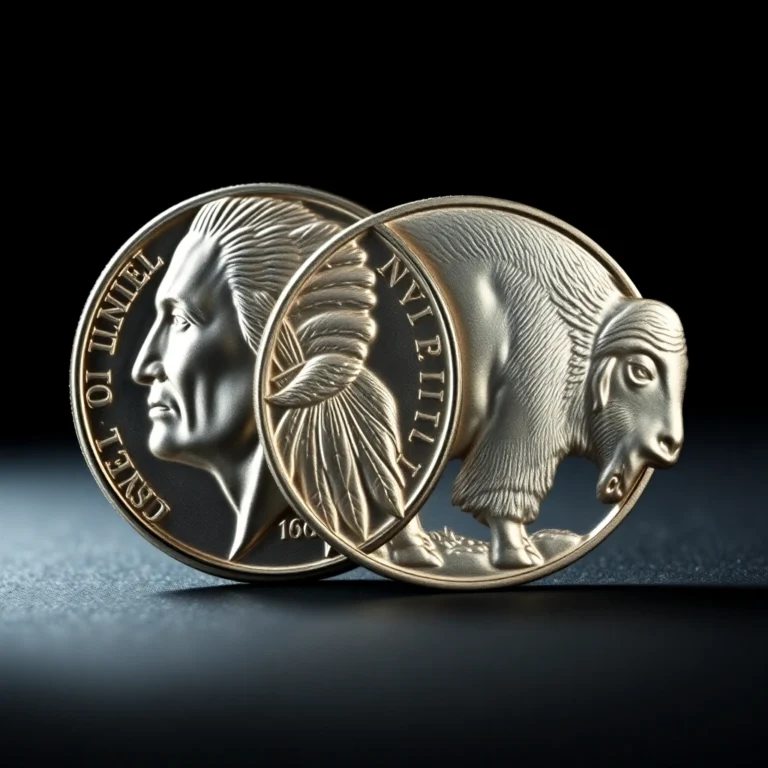Imagine holding a small piece of history that defies the odds, a coin that’s not just a relic of the past but a captivating enigma. For collectors, rare error coins like the 1955 Double Die Penny are the ultimate treasure, a testament to the delightful unpredictability of minting. These coins matter not only for their scarcity but for the stories they tell—tales of human error, mechanical anomalies, and the fleeting moments when art meets chance.
In this article, we’ll delve into the fascinating world of error coins, exploring what makes the 1955 Double Die Penny one of the most sought-after pieces among numismatists. You’ll discover the intriguing process behind its creation, the thrill of the hunt for similar anomalies, and the factors that drive their soaring value. As we unfold the mystery, you’ll see why these coins are more than just monetary artifacts; they’re a testament to the magic of minting gone awry.
So, what exactly makes this misprint so alluring, and how does it earn its place in the pantheon of prized collectibles? Let’s find out why collectors are willing to pay a fortune for what was once a simple penny.
Historical Background and Significance of Error Coins
Error coins are a fascinating segment of numismatics, primarily because they represent anomalies in the minting process. These errors can transform an ordinary coin into a highly sought-after collectible. Among these, the 1955 Double Die Penny stands out due to its historical significance and the sheer visual impact of its error. This penny emerged from the Philadelphia Mint and is one of the most famous error coins in U.S. history. 🏛️
Physical Characteristics and Design
The 1955 Double Die Penny is part of the Lincoln cent series, featuring the familiar bust of President Abraham Lincoln on the obverse, designed by Victor David Brenner. The error manifests as a pronounced doubling of the date and the inscriptions “LIBERTY” and “IN GOD WE TRUST” on the obverse. This doubling is not found on the reverse side, which features the Wheat Ears design. The striking misalignment is what creates the visually compelling double image. 🔍
Mintage Figures and Rarity
While millions of pennies were minted in 1955, only an estimated 20,000 to 24,000 of these coins exhibit the double die error. This limited mintage has contributed to the coin’s rarity and desirability among collectors. The error likely occurred during the production of a single die, which went unnoticed for a time, resulting in the release of these unique coins into circulation. 📈
Known Varieties or Errors
The primary error associated with the 1955 penny is the double die obverse. However, collectors should be cautious of machine doubling, which can appear similar but does not carry the same value. Machine doubling is characterized by a flatter, shelf-like appearance and does not exhibit the same depth and clarity as a true double die. ⚠️
Value Information
| Grade | Value Range |
|---|---|
| Good (G-4) | $1,200-$1,800 |
| Very Good (VG-8) | $1,500-$2,000 |
| Fine (F-12) | $2,000-$2,500 |
| Very Fine (VF-20) | $2,500-$3,500 |
| Extremely Fine (EF-40) | $3,500-$4,500 |
| About Uncirculated (AU-50) | $5,000-$7,000 |
| Mint State (MS-60) | $7,500-$10,000 |
| Gem Mint State (MS-65) | $25,000-$30,000 |
Authentication Tips
Due to the high value of the 1955 Double Die Penny, authentication is crucial. Collectors should familiarize themselves with the characteristics of genuine double die errors. Look for distinct doubling with clear separation of the doubled elements, particularly on the date and inscriptions. If in doubt, consult a reputable numismatic expert or send the coin for certification to a professional grading service. 🛡️
Expert Collecting Advice
For those interested in acquiring a 1955 Double Die Penny, it’s essential to buy from reputable dealers or auction houses. Verify the coin’s certification and grade, as this will heavily influence its value. Investing in error coins can be rewarding, but it requires careful research and an understanding of the market dynamics. Remember, the thrill of numismatics lies in the discovery and appreciation of these unique historical artifacts. 🪙
FAQs
What factors influence the value of rare error coins like the 1955 Double Die Penny?
The value of rare error coins is primarily determined by their rarity, demand, and condition. Coins that are graded higher by professional grading services, such as PCGS or NGC, usually fetch higher prices. The 1955 Double Die Penny, for example, is valuable due to its scarcity and the dramatic appearance of the doubling error.
How can I authenticate a rare error coin to ensure it’s not a counterfeit?
To authenticate a rare error coin, examine it closely with a magnifying glass or loupe, looking for key error features such as doubling. Compare it with verified images from trusted sources. For added assurance, seek certification from a reputable grading service, which will provide authentication and grading.
What advice would you give to someone interested in collecting error coins?
Begin by educating yourself on the different types of errors and their characteristics. Focus on reputable dealers and auctions to acquire coins. Building relationships in numismatic communities can also provide valuable insights and opportunities for finding rare pieces. Always prioritize quality and authenticity over quantity.
Why are coins like the 1955 Double Die Penny historically significant?
Error coins like the 1955 Double Die Penny hold historical significance as they reflect the minting processes and challenges of their time. They offer insight into technological advancements and human oversight in coin production, making them fascinating artifacts for both historians and collectors.
What are some common varieties or errors that collectors look for?
Collectors often seek out popular varieties such as double dies, off-center strikes, and repunched mint marks. Other sought-after errors include planchet errors, such as wrong metal or blank planchets, and striking errors, like die caps or brockages. Each type offers unique characteristics that appeal to different collecting interests.
